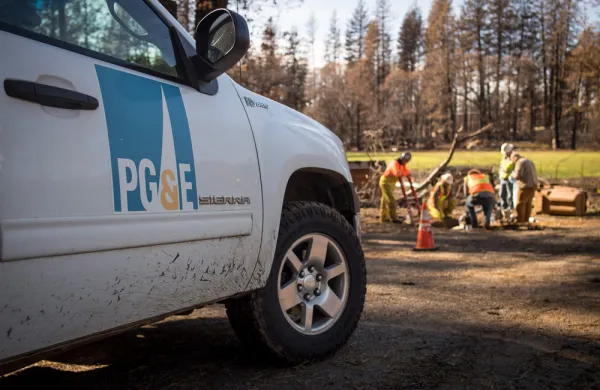Venture fundraising isn’t what it used to be.
As inflation and interest rates rise in the face of significant market drawdowns, investment managers and allocators are changing their approach to venture capital. Managers are reconsidering how they pitch themselves, while asset owners are slowing down their pace of committing capital.
This comes after a year of significant focus on the asset class, as some allocators attributed their record-breaking performance last fiscal year to venture funds. While 2022’s first-half fundraises totaled 405 funds worth a total of $121.5 billion, as Institutional Investor previously reported, a slowdown is coming, according to managers and allocators.
“This chapter of inflation being through the roof and LP exhaustion is showing its colors,” said Joe Hasselmann, founding and managing partner at Invicta Growth, a growth-stage technology emerging manager.
Invicta is in the process of raising its second fund. The firm, launched in 2020, has witnessed venture’s fundraising boom, both when the pace and amount of capital flowing into venture was high, and now, as commitments slow. “It’s definitely an evolution from the second quarter of last year,” Hasselmann said.
Portage Partners, a multi-family office that originally started out managing assets on behalf of Davidson Kempner’s Michael Leffell, has a broad view of the venture market, investing directly and in venture funds. Jacob Kerzner, vice president at Portage, said the organization is taking its time, but is still active in the market.
“We’ve been really patient as the markets have corrected,” Kerzner said. “The private markets have lagged the publics, but we’re starting to see some of that correction happening. It’s still an interesting time to be investing.”
Another allocator, who asked to remain anonymous, added that while fundraising has slowed for some, asset owners could benefit from putting capital to work now. “I think if you have dry powder as an allocator and you have duration, today could be a phenomenal time to be putting capital to work,” he said.
Managers in the fundraising market believe the same. Hasselmann said his team sees down markets as an opportunity to access assets that have been on his firm’s wish list for years, and his team has tailored its pitch to investors to reflect this.
According to Hasselmann, team members highlight their ability to access assets for which there may be less competition, now that capital deployment is slowing. One benefit to being a smaller manager, according to Hasselmann, is that his team doesn’t have to organize markdowns for many portfolio companies. “We’re a small manager,” he said. “We’re nimble.”
The allocator agreed with Hasselmann’s view. “We’ve avoided a lot of big managers because of complacency risk,” he said. “A lot of funds fell victim to complacency risk. When everything is going up and to the right, you’re not thinking about what’s going to put you out of business.”
Thorsten Claus, a longtime venture investor who now is a managing partner at his own firm, Thinkstorm Ventures, suggested other ways that fundraising venture firms could tailor their approach to LPs. “In this case, it's very obvious that the fund size you thought you’d get at the end of 2021 is not the one that you’ll get now in 2022,” Claus said. “You can’t raise the same amount.”
He suggested that managers immediately reduce their fund size target “for their heart, and also to manage LP’s expectations.”
“Everyone feels the pain right now,” Claus said. “They’ll totally nod their head and say they understand.”







